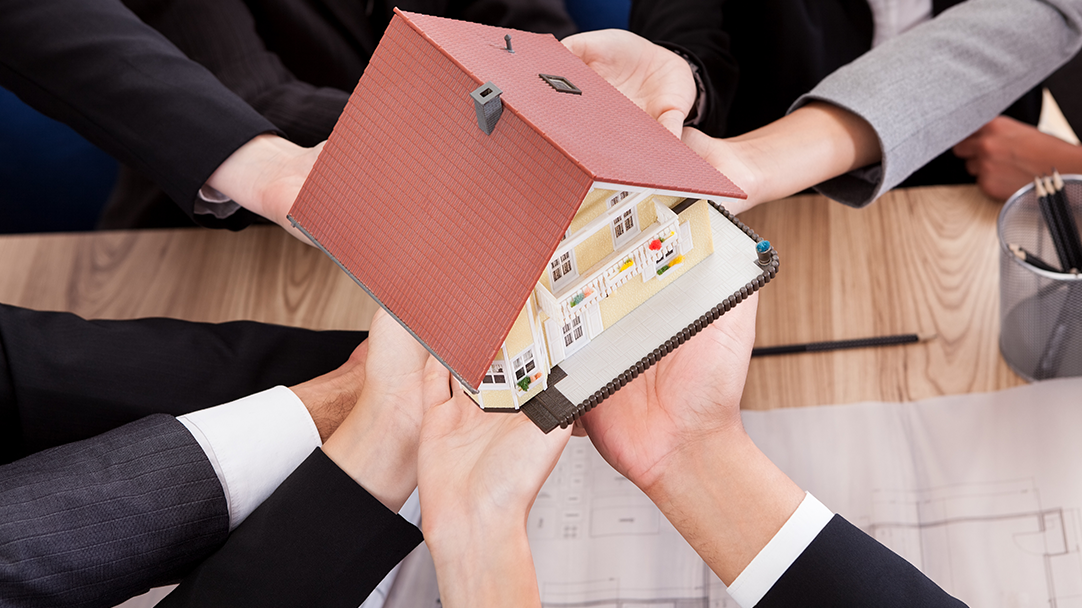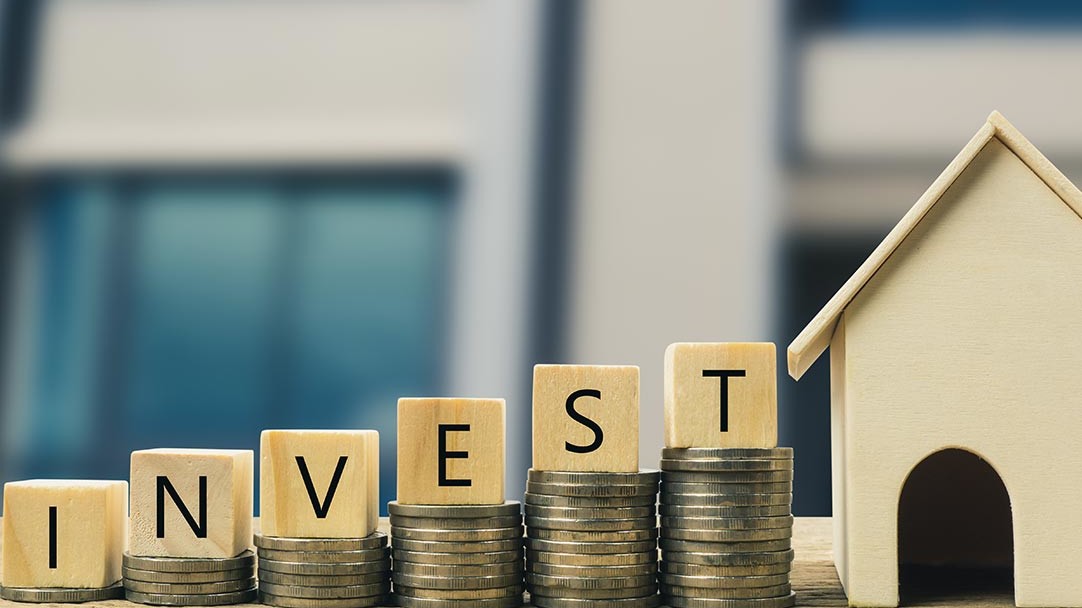In this article, we are going to give away our top tips for investing in property. The comprehensive list below details our key principles to ensure any property investment is going to be secure and provide great long term returns.
Always buy at below market value. This means you’re securing equity at the point of purchase, which helps protect your investment against the market falling. This also means we can recycle your deposit & create infinite ROI (return on investment).
Add value. Increase the value of the property through renovation or extension. We aim to get £3 back for every £1 spent.
Invest for cashflow. We ensure any property purchased for you is cashflow positive after all costs including letting agent fees and buildings insurance (and not just rent vs mortgage payments). A property must produce a good cashflow to allow for essentials repairs and maintenance.
Put 10% aside for unexpected costs. We all know what problems can arise in rental properties… boilers break, washing machines leak, so we always recommend our clients put 10% aside every month into a rainy day fund or a cash buffer.
Buy for Yield/Cashflow, not capital appreciation. Many investors base their entire business model on the capital appreciation and underestimate funding the shortfall in running their property portfolio. This is a very big mistake and a very high-risk strategy to be avoided at all cost. We purchase property on the basis that property prices will never rise, meaning your model is based on instant profitability: income from rent NOT just growth.
Due Diligence (aka doing your homework). At Nichol Smith Investments we carry out thorough due diligence on any property we are considering for our client’s portfolio. This covers due diligence on:
- The property: Is it worth as much as it has been valued? How does it compare to other properties sold nearby? How much would it rent for? Get a builders report for renovation costs.
- The numbers: What are the renovation and acquisitions costs? How much will the property be worth once renovated? Do the numbers work as a buy to let property or buy to flip property?
- The deal: Fit the deal to a strategy. Be prepared to walk away if it does not fit our agreed criteria.
Invest for the Long Term. The mistake we often see is investors not investing for the long term. If we go by past property cycles, and property prices increasing in value over time, then continually selling your properties reduces your asset base and long term wealth
Buy Existing, older properties. The right type of property can make you thousands every year for the rest of your life. Existing property older properties are safer to buy because: have established values over a period of years; no immediate depreciation (as you would get with the ‘new car from the forecourt’); limited availability (ie 1000 more not being built down the street); often more robust and less likely to have snagging issues.
Invest in what you know. We buy properties for our own portfolio and our client’s portfolios in local areas where we know property prices, know the market and know we can make good profits. We would not recommend buying overseas (unless you know the area and the market very well), off plan & out of area. These deals tend to carry more risk.
Buying on Emotion. We only buy properties that fit our investment criteria. Do not make the mistake of getting drawn into looking at big, colourful, lifestyle brochures, new build, and dreamy holiday homes. While these places may look nice, we are not investing in properties for their aesthetics.
We hope you have found this article useful in highlighting some important investment principles. We would love to hear from you if you have any questions regarding this article book a call, we’d love to chat.



